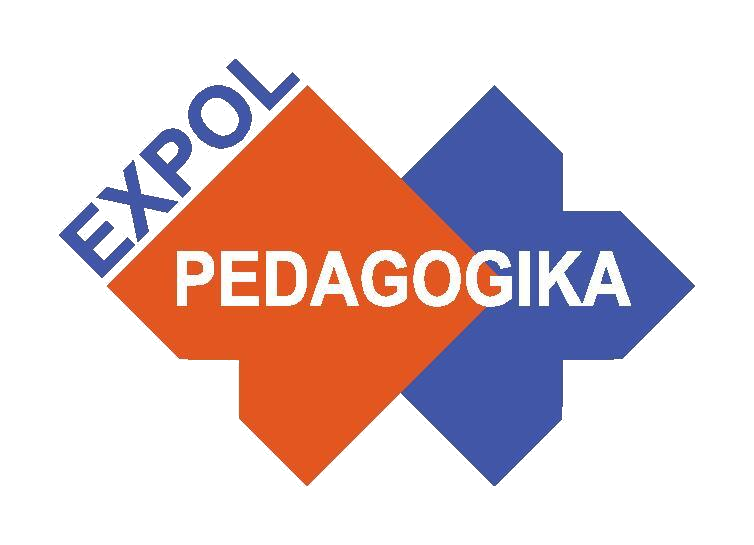- Practical exercise 1 WILL WE EVER MEET ALIEN SENTIENT LIFE AND HOW WILL WE COMMUNICATE WITH THEM?
- Practical exercise 2 LIFE ON ANOTHER PLANET, MOON OR ASTEROID
- Practical exercise 3 LIFE ON ANOTHER PLANET, MOON OR ASTEROID
- Practical exercise 4 HOW TO FIND OUT WHETHER WE ARE ALONE IN THE UNIVERSE OR JUST ONE AMONG MANY?
- Practical exercise 5 HOW THE SCIENTISTS CONDUCT SCIENTIFIC RESEARCH ON OTHER PLANETS?
Practical exercise 5: (Suitable for younger students): HOW THE SCIENTISTS CONDUCT SCIENTIFIC RESEARCH ON OTHER PLANETS?
Aim:
Students will learn about research methods and activities the scientists use to study the celestial bodies and propose a plan for a scientific expedition.
Instructions for the teacher and preparation for the activity:
In order to conduct a scientific mission, the scientists follow a strategy that includes three steps: а) initial information gathering - careful observation of the target with the help of a close fly-by of a space craft which gathers information about the body (say a planet) and sends it back to base; b) longer observation - can be done with the help of another space craft in orbit around the body, which will observe it for much longer time and with the help of different instruments records volcanic, geodesic and atmospheric changes and conditions; c) detailed study - people or robots land on the surface and study the conditions in a small region in detail (similar to the manned landings on the Moon and the robotic missions to Mars).
1. Using information from the web pages if the European Space Agency (ESA) and NASA, discuss the following questions (alternatively questions 1 to 5 can be given for homework, so the students gather information by themselves or with the help of their parents and then discuss in class):
1.1 The landings on the Moon, the robotic missions to Mars and other planets and bodies in the Solar system (e.g. Jupiter’s moon Europa). What instruments and methods are used to search for life during these missions?
1.2 Does anybody know or have heard about future missions of that sort? What are their scientific objectives? Can they find information about them using internet?
1.3 Which missions do they find most interesting?
1.4 Are there missions that the students would like to be part of? In what role?
1.5 Which of the following the students find more exciting - the colonization of other planets by humans, or finding any kind of extraterrestrial life? Why?
2. Split the class in pairs and give each pair the instructions below. This activity may include the pairs writing down the all the steps and then present them to the rest of the class, or to visit for 5 to 10 minutes the chosen place (approved by the teacher, who has seen the plan in advance). As proff that the pair has visited the place a mobile phone picture can be presented.
Instructions for the students:
In order to conduct a scientific mission, the scientists follow a strategy that includes three steps: а) initial information gathering - careful observation of the target with the help of a close fly-by of a space craft which gathers information about the body (say a planet) and sends it back to base; b) longer observation - can be done with the help of another space craft in orbit around the body, which will observe it for much longer time and with the help of different instruments records volcanic, geodesic and atmospheric changes and conditions; c) detailed study - people or robots land on the surface and study the conditions in a small region in detail (similar to the manned landings on the Moon and the robotic missions to Mars).
1. Just as scientists, who want to study a newly discovered planet, choose a place in school that you want to explore (either inside, or outside in the school yard).
2. What would be the purpose of your expedition? What do you already know about this place and what new information you want to obtain?
3. How will you get to this place? Plan your route and make an estimation of the time you will need for the trip. Will you need permission to visit this place, at what time will it be accessible? Will you need an adult to accompany you?
4. What instruments will you need to achieve your goal and get an answer to the questions you have about the place?
5. Make a 5-minute presentation of your project to the rest of the class.


